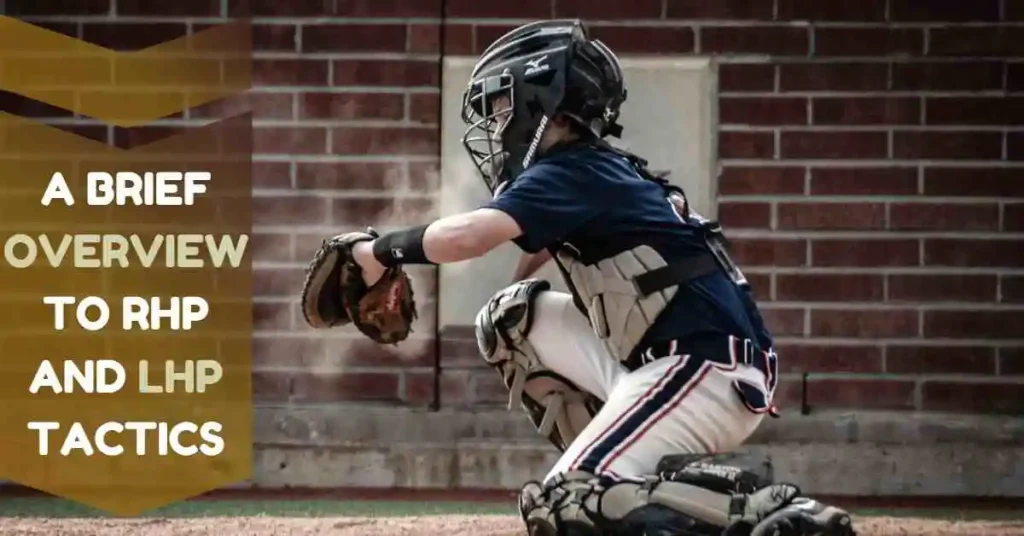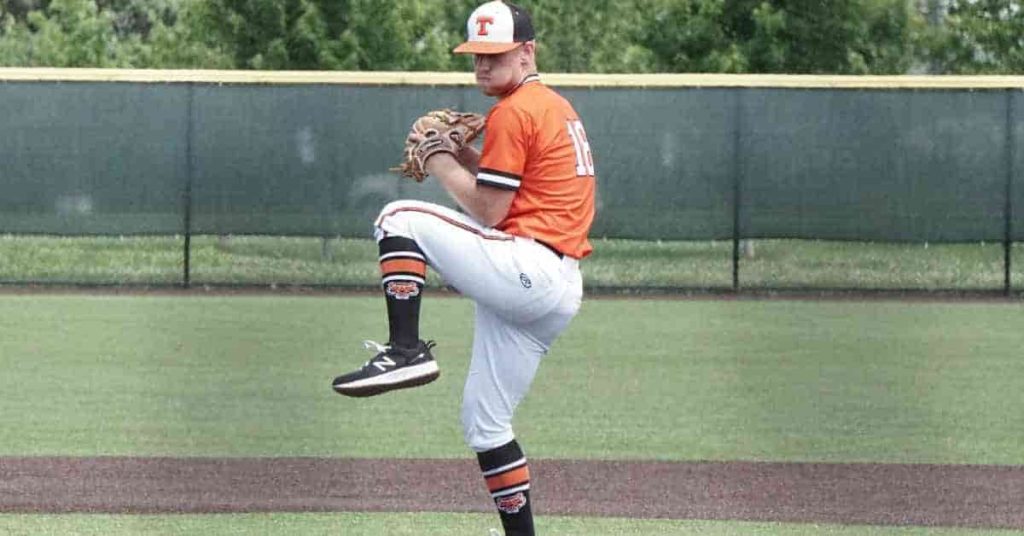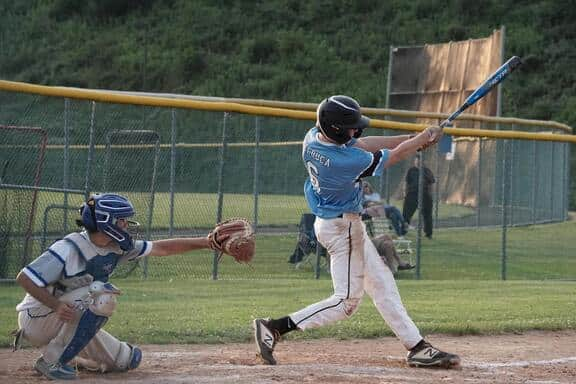
Baseball can be a daunting sport, with decades of history and a thousand little confounding terms to memorise. Of all the standard abbreviations and acronyms used in baseball, RHP is one of them. Rafael, or a right-handed pitcher, is a key position in baseball. Whether you are a new fan trying to decipher the sport or a seasoned player trying to glean some knowledge, understanding the RHP baseball position and its importance in the game.
In this article, we will go in-depth about what does RHP mean in baseball and the role of RHP pitchers. We’ll also contrast RHP vs LHP, and detail the significance of both in modern baseball. After you read this, you’ll know precisely the rhp meaning and why it’s essential in the sport.
What Is RHP In Baseball?
Simply put, RHP means right-handed pitcher. This term refers to a pitcher of baseball who throws the ball with their right hand. One of the most critical players in baseball is the catcher, who throws to the person getting out. According to the RHP, they use their right hand to throw a fastball, curveball, slider, or changeup.
The RHP baseball position is typically played in two locations: in the middle of the baseball field on the pitcher’s mound, raised slightly from the rest of the field. The pitcher calls the shots, as they are the ones who start the game and control how the game proceeds. There are essential roles in both professional and amateur baseball, and right-handed pitchers (or RHPs) are always a good sign; they are usually the most common.You can also read about WHIP in Baseball to understand how a pitcher’s effectiveness is measured statistically.
Baseball Position Of The Right Handed Pitcher:
The RHP baseball position is on the pitcher’s mound where the RHP stands when on deck to pitch. A position is not merely a space on the field. It serves a strategic purpose in the game. The mound is a stage for an RHP. Each pitch has to be thrown with precision and accuracy at the proper velocity to get the batter out, or make them hit a weak ball in play.
A typical RHP player will start on the 6 6″ rubber from the plate. From there, they can execute various pitching maneuvers , windups or quick pitches to throw the ball at speed with accuracy and along movement. Bats are trainable, and a stance is critical for a right-handed pitcher to balance the power and accuracy. They load the rubber with their back leg, rotate their body and use their front leg to gain force as they throw the ball.
As a simultaneous part of their job, the right-handed pitcher also has to effectively mix up their pitches, throwing a fastball, curveball, and slider so that batters can’t predict what’s coming. Changing the speed, spin , or both on an individual pitch can lead to major changes in game outcomes.You might also enjoy reading What Is a Walk-Off in Baseball to see how pitchers can dramatically influence a game’s ending.

What Does LHP Mean In Baseball?
RHP stands for Right Handed Pitcher, and you may also see the term LHP, which stands for Left Handed Pitcher. As the name implies, LHP pitchers throw the baseball with their left arm. The difference between RHP and LHP in baseball is subtle yet profound. LHP pitchers create different angles on their pitches. They are more challenging for batters, especially righties, to hit effectively.
RHP in baseball is no more critical than LHP. Most MLB teams employ a blend of both kinds of pitchers to gain an advantage over the opposing batters. At its core, the difference between the two is tied to the pitcher’s handedness and how that affects the pitches they deliver. Both are necessary, yet an RHP is much more prevalent in professional baseball, as naturally more people are right-handed.To learn more about game dynamics, check out How Much Do Bat Boys Make—an interesting behind-the-scenes angle on the sport.

The Value of RHP In Baseball:
RHP Baseball is one of the most essential positions on the baseball field. A powerful right-handed hurler or RHP is typically a team’s ace pitcher who can dominate batters in his winning run. Pitching is often said to be the most essential part of baseball because it dictates how the game will be played. A strong RHP can make the other team’s offense go away completely, leaving them scoreless.
Additionally, RHP baseball players play an important role in setting game tone. A working RHP will demoralize the other side and help its own team offense. But RHPs are the majority of pitchers in the sport and are expected to go deep in games and do this repeatedly.
RHP Baseball and Its Impact on the Game:
RHP baseball has been an impact unlike any other. Right-handers are among the most decorated pitchers in baseball history. Roger Clemens, Nolan Ryan, and Greg Maddux are some of the best-known Right-Handed Pitchers that made their mark on the game. They are remembered not only for their physical prowess, but also for their cerebral finesse in pitching.
Today, it is common for an RHP to use multiple pitches successfully. Well, the most effective pitch to an RHP batsman is the fastball, but you need other pitches, like the slider, curveball, and changeup, to confuse the batsmen. But then again, any RHP baseball player would agree that this would be crucial to being effective at the highest levels of competition.
Terms Related to RHP in Baseball:
Fastball:
A heavy pitch thrown with speed from the RHP to get through the batter. This is the most rudimentary, elementary pitch any RHP is trained on.
Slider:
A horizontal break breaking ball from the RHP that tempts the batter not to hit, making solid contact nearly impossible.
Curveball:
A pitch with a lot of late break down that is used by the RHP to keep hitters off balance.
Changeup:
A slower pitch that resembles a fastball, thrown by the RHP to throw off the batter’s timing.
These pitchers are keys to an RHP’s effectiveness, and they play off one another in order to form a pitcher who can disrupt the game for the opposition.

An RHP stands on the mound with their right foot on the rubber behind it and their left foot on the rubber. They create force through the ground by driving off of their back leg while controlling their front leg to stay balanced. It allows them to deliver with speed and accuracy.
Conclusion:
RHP baseball players play a role in a team’s success that can not be ignored or neglected, as their right-handed throwing hand presents unique advantages and challenges. Whether facing batters or throwing in a pitching rotation, the RHP baseball position can undoubtedly affect the outcome of a game.
Hopefully you now have a good understanding of the RHP baseball position and how it stacks against LHP. Both types of pitchers are important for the game, but RHP is the most prevalent pitcher in baseball. Now you can understand the depth of game strategy behind every pitch, and the role a RHP plays in the whole game.
FAQ’S
1- What does rhp stand for in baseball?
If a pitcher throws with their right hand, they are called an RHP, and if they throw with their left hand, they are an LHP. This disparity shapes how their pitches move and how they go after specific hitters.
2- Why are right-handed pitchers more prevalent in baseball than lefties?
Right handed pitchers( RHP) are common as compared to Left hand pitchers( LHP) because most of the population is Right hand dominant. As a consequence, the majority of baseball players who go on to pitch will do so right-handed.
3- Why can an RHP pitcher pitch against a left-handed batter?
Yes, you can face a left-handed batter with an RHP. In fact, RHP pitchers are often particularly tough on left-handed batters due to the way their pitches break and the angles they throw at.
4- What does a RHP do with their positioning on the mound?
An RHP stands on the mound with their right foot on the rubber behind it and their left foot on the rubber. They create force through the ground by driving off of their back leg while controlling their front leg to stay balanced. It allows them to deliver with speed and accuracy.
